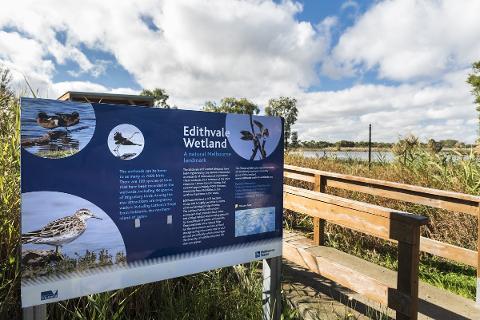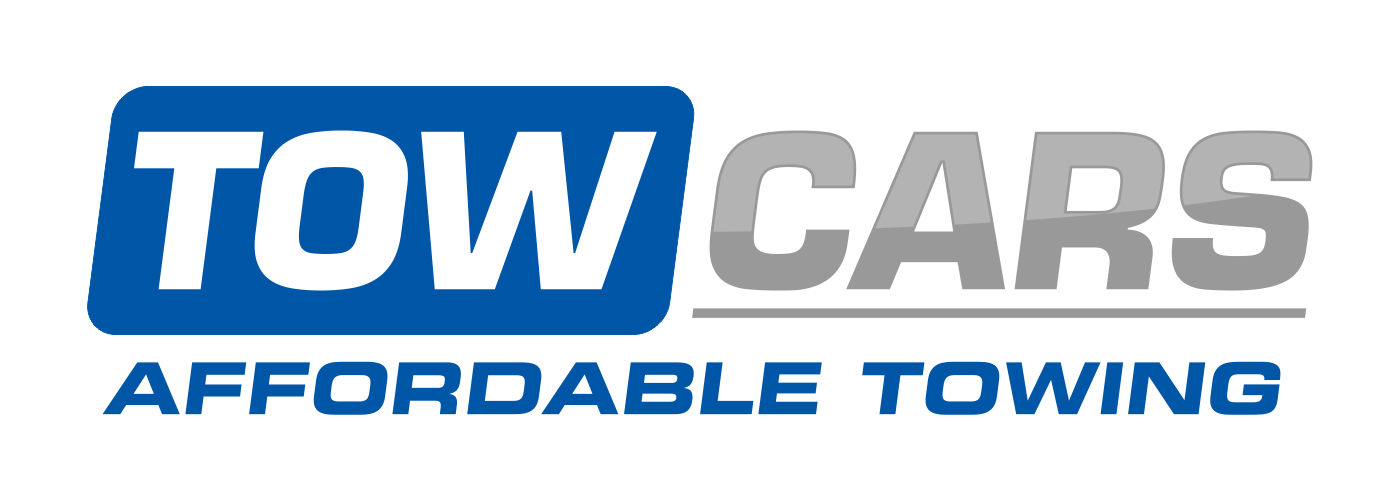Edithvale Wetlands

The Edithvale-Seaford Wetland is one of the largest wetland that is natural that is of this type located in both the Port Phillip and Westernport basins. It’s all that’s left of the Carrum Carrum Swamp, which was once covering more than 4,500 hectares of land across Mordialloc towards the northern part of the basin, to Frankston towards the southern part of the basin.
When European arrived, this vast wetland was home to many species of animals and plants, including Brolga as well as Magpie Goose — now both extinct in the region. Then, Patterson River was dug through the middle of the swamp in 1879 and gradually draining the swamp to create flood protection as well as agriculture land.
The remaining areas of wetland are being protected to offer protection against flooding, and includes:
- Edithvale Wetlands (101 Hectares)
- Seaford Wetlands (158 hectares)
The Edithvale-Seaford Wetlands is a group of predominantly wetland areas that are freshwater and marshlands comprising 261 ha (640 acres) located in southeastern Melbourne, Victoria, Australia located 30 kilometers (19 miles) southeast of the Melbourne CBD. It is the biggest natural wetland of its kind within Melbourne’s Port Phillip and Western Port basins. It is also all left of the historical Carrum Carrum Swamp, which used to cover more than 4,500 square hectares (9,900 acres) all the way from Mordialloc in the north , and Frankston to the south.
The remaining wetlands are split into two parts, namely those in the north Edithvale Wetlands (103 250 acres or 103 hectares to all) in the south Seaford Wetlands (158 hectares which is 390 acres) and toge ther make up the Edithvale Seaford Wetlands Ramsar Site. Together with the Eastern Treatment Plant together, they comprise an area known as the Carrum Wetlands Important Bird Area.
The wetlands are more than 2km (1.2 miles) in distance to the shores of Beaumaris Bay, bordered with Governor Road in the north and coastline Nepean Highway towards the west as well as along with the Mornington peninsula Freeway and the Frankston Freeway within the eastern as well as Seaford Road in the south. Today, they are mostly located in housing areas as well as some areas of the wetlands have been turned into nature parks, recreational reserves and golf courses.
Description
Edithvale-Seaford Wetlands Discovery Centre
The Edithvale-Seaford Wetlands are divided in two sections by Patterson River, the whole suburban area that is Patterson Lakes and the Kananook Creek. This Edithvale Wetlands Group is longer, and is located along an irrigation canal through suburban areas in Aspendale (northeastern part), Aspendale Gardens, Edithvale, Chelsea Heights, Bonbeach and northwestern Patterson Lakes. Its Seaford Wetlands cluster is more closely clustered and lies across suburban areas like Seaford as well as Carrum Downs.
The two wetland groups are both primarily made up of freshwater wetlands that are surrounded with peat beds that restrict the entrance of salty groundwater. These are seasonally flooding systems that draw the majority of their water discharge from local catchments that aren’t greater that 500ha (1,200 acres) each. They constitute a vital part in the region’s drainage system, which is responsible for taking, retaining, and naturally removing rainwater as well as other run-off from the surface, thereby safeguarding the surrounding areas from flooding, as well as helping to preserve the quality of water in Port Phillip Bay. The Management of the wetland aims at improving their natural properties and preventing the entry of the saline groundwater.
History
Prior to European settlement in Port Phillip, prior to the arrival of Europeans in Port Phillip area in the mid-19th century, the historical Carrum Carrum Swamp stretched from the area that is now Mordialloc to the north, to Frankston to the south. The 4000 ha of brackish and freshwater wetlands were home to numerous animals and plants, such as brolgas and magpie geese that have been extinct locally.
In the second half in the late 19th century,, the swamp was gradually drained to facilitate agriculture. In 1879 in 1879, the Patterson River, an artificial waterway, was cut across the swamp and out to the ocean in the course of the drainage plan. Wetland habitats were kept for flood protection.
Edithvale Wetlands is near the Tow Cars.
We offer Towing Melbourne, Emergency Towing, 24/7 Towing, Roadside Assistance, Motorcycle Towing and other towing services in Melbourne.
Please check below Google Maps.
Towing and roadside assistance specialists in Melbourne and surrounding suburbs.
Tow Cars – 24/7 Tow Truck Service – Emergency Towing Melbourne – Keysborough
170 Chapel Rd, Keysborough VIC 3173
